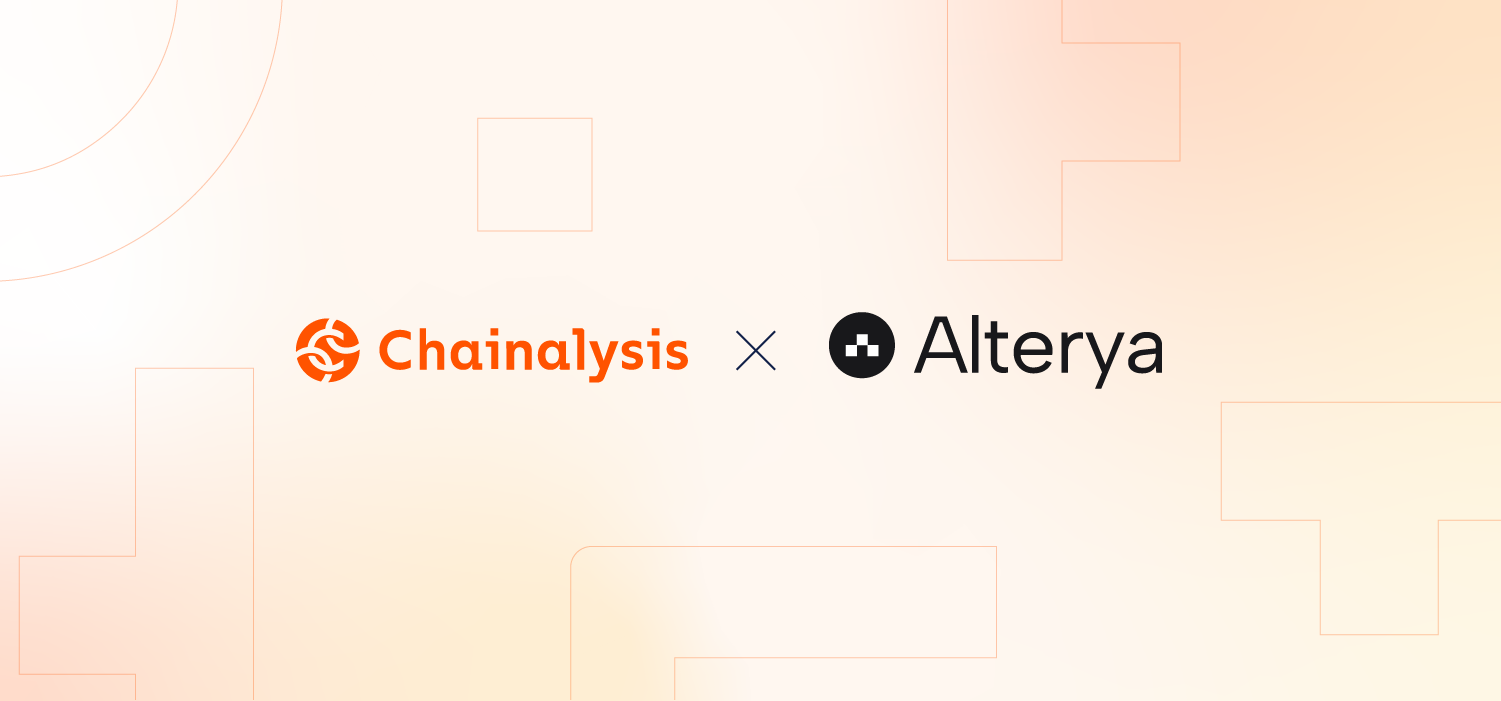Late Thursday evening, the Ethereum blockchain encountered an issue temporarily preventing blocks from validating properly. If everything has since returned to normal, here’s what we know about that episode so far.
Blocks have temporarily stopped being finalized on Ethereum
At the time of writing these lines, the precise cause had not yet been communicated, but for about thirty minutes the Ethereum (ETH) blockchain encountered an issue preventing blocks from being finalized.
The beacon chain stopped finalizing about thirty minutes ago. I don’t know why yet, but in general the chain is designed to be resilient against this, transactions will continue as usual and finalization will kick in when the problem is resolved. pic.twitter.com/utAS0uAWpG
— superphiz.eth 🦇🔊🛡️ (@superphiz) May 11, 2023
It is important to specify that the blockchain has not stopped. Only, during 3 epochs, the consensus layer suffered a bug similar to what is called an “inactivity leak”.
In more simplified terms, the blockchain behaved as if many validators were offline.
However, this was not the case, but the fact is that during this period, a limited number of certificates were issued by the validators:

Figure 1 — Epochs that encountered a consensus bug on Ethereum
👉 To go further — Find our guide to staking on Ethereum
Buy crypto on eToro
🎧 Listen to this article and all other crypto news on Spotify
A problem with the software used?
To work, the Ethereum blockchain is divided into 2 pillars : the execution layer, which notably allows transactions to be carried out, and the consensus layer, which will ensure the conformity of the blocks. For these two pillars, validators can use different software called clients.
The Ethereum Foundation encourages validators to diversify the clients usedso that if a bug occurs, the blockchain continues to function normally.
On the illustration below, we can see that the software used for the consensus layer is well diversified, while for the execution layer, the Geth client is represented far too much:

Figure 2 — Diversity of clients used by validators on Ethereum
Since no consensus layer client is used by more than 50% of validators, tonight’s bug could not have caused a blockchain shutdown or fork. If indeed the problem comes from one of the software used.
In this eventuality, the core developer Superphiz clarifies that this inactivity leak problem could even have been avoided if no software accounted for more than 33% of validators :
If a consensus layer client caused the loss of finality:
* We warned a fork by not having a supermajority client
* We could have avoided the loss of finality entirely if no client had more than 33%.
I’m proud of our diversity work, but we’re not done. https://t.co/TUtXnQu5hD
— superphiz.eth 🦇🔊🛡️ (@superphiz) May 11, 2023
For his part, Terence Tsao indicated that a problem had been identified on the Prysm client, although we cannot currently say if this is the source of the block validation stoppage:
Update from Prysm. We have identified areas where state caching could be improved. With the improved cache, the node should perform better during a degraded time like before.
Given the chain has stabilized, as a staker/node operator, there’s no action required moment.
— terence.eth (@terencechain) May 11, 2023
The most important thing right now is that everything quickly returned to normal, and that no validator was slashed during this episode. Indeed, slashing intervenes to puncture part of the staked ETH when the validators do not do the job correctly.
A detailed report of what happened should be provided soon by the development team, and we can then come back to this information at that time.
👉 Also in the news — Do Kwon seeks bail and pleads not guilty to falsifying documents
Our service dedicated to cryptocurrency investors. Get real-time analytics and optimize your crypto portfolio.

Sources: BeaconScan, Client Diversity
Newsletter 🍞
Receive a summary of crypto news every Monday by email 👌
What you need to know about affiliate links. This page presents assets, products or services relating to investments. Some links in this article are affiliated. This means that if you buy a product or register on a site from this article, our partner pays us a commission. This allows us to continue to offer you original and useful content. There is no impact on you and you can even get a bonus by using our links.
Investments in cryptocurrencies are risky. Cryptoast is not responsible for the quality of the products or services presented on this page and could not be held responsible, directly or indirectly, for any damage or loss caused following the use of a good or service highlighted in this article. Investments related to crypto-assets are risky by nature, readers should do their own research before taking any action and only invest within the limits of their financial capabilities. This article does not constitute investment advice.
AMF recommendations. There is no guaranteed high return, a product with high return potential involves high risk. This risk-taking must be in line with your project, your investment horizon and your ability to lose part of this savings. Do not invest if you are not ready to lose all or part of your capital.
To go further, read our Financial Situation, Media Transparency and Legal Notices pages.









